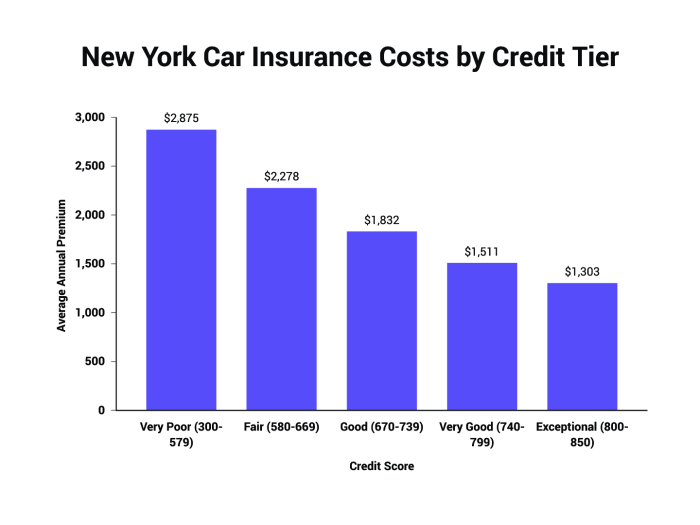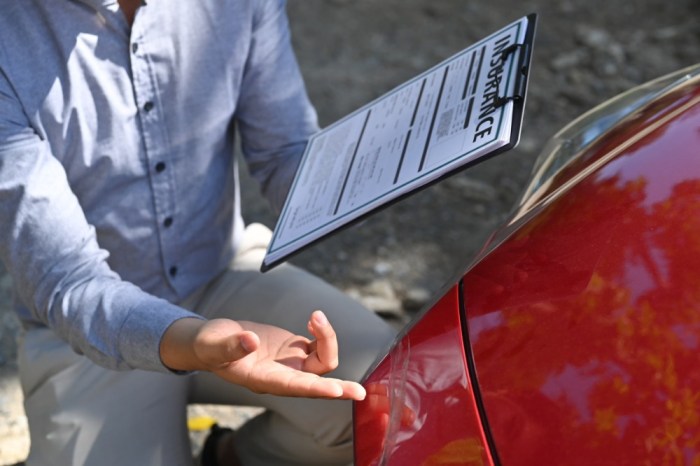Choosing the right car insurance in Florida can feel like navigating a complex maze. With numerous companies vying for your business, understanding the nuances of coverage, costs, and legal requirements is crucial. This guide provides a comprehensive overview of the Florida car insurance landscape, empowering you to make informed decisions and secure the best protection for your vehicle and yourself.
From identifying top-performing companies and understanding different coverage types to negotiating affordable premiums and filing claims effectively, we’ll equip you with the knowledge needed to confidently navigate the Florida car insurance system. We’ll delve into the specifics of Florida’s unique no-fault laws and explore various discount opportunities to help you save money. This guide serves as your one-stop resource for all things Florida car insurance.
Factors Affecting Car Insurance Premiums in Florida

Several key factors influence the cost of car insurance in Florida. Understanding these factors can help drivers make informed decisions and potentially save money on their premiums. These factors are interconnected, and insurers use complex algorithms to calculate individual premiums.
Driving Record
A driver’s driving history significantly impacts their insurance premiums. Clean driving records, characterized by the absence of accidents and traffic violations, typically result in lower premiums. Conversely, accidents, especially those resulting in injuries or significant property damage, will substantially increase premiums. Similarly, traffic violations like speeding tickets or DUIs lead to higher premiums, reflecting the increased risk associated with these infractions. For example, a driver with three speeding tickets in the past three years will likely pay significantly more than a driver with a spotless record.
Age
Age is a strong predictor of driving risk. Younger drivers, particularly those under 25, generally pay higher premiums due to their statistically higher accident rates. Insurance companies view them as higher-risk drivers. Conversely, senior drivers, particularly those over 65, may also face higher premiums, depending on their driving history and health. This is due to potential age-related physical limitations that might impact driving ability. A 20-year-old driver with a clean record will typically pay more than a 40-year-old driver with a similar record, while an 80-year-old driver with multiple accidents might pay even more.
Gender
While gender-based pricing is becoming increasingly regulated, it still plays a role in some states’ insurance calculations. Historically, male drivers, especially younger males, have been statistically associated with a higher risk of accidents, leading to higher premiums. However, this is changing as data and regulations evolve. The impact of gender on premiums varies across insurance companies and is subject to ongoing legal and regulatory scrutiny.
Vehicle Type
The type of vehicle insured directly influences premium costs. Sports cars and high-performance vehicles generally carry higher premiums due to their higher repair costs and increased risk of accidents. Conversely, smaller, less expensive vehicles typically result in lower premiums. For instance, insuring a high-powered sports car will cost considerably more than insuring a compact sedan, even with identical driver profiles.
Location
Geographic location significantly impacts insurance premiums. Areas with higher rates of theft, accidents, or vandalism will have higher insurance premiums than areas with lower crime and accident rates. Living in a densely populated urban area often translates to higher premiums compared to living in a rural area. For example, a driver in Miami might pay more than a driver in a smaller, less populated Florida town, even with the same driving record and vehicle.
Understanding Florida’s No-Fault Insurance Laws

Florida operates under a no-fault insurance system, meaning that after a car accident, drivers primarily seek compensation from their own insurance companies, regardless of fault. This system, while aiming to expedite claims and reduce litigation, has significant implications for accident victims and their access to compensation. Understanding its nuances is crucial for anyone driving in Florida.
Florida’s no-fault system hinges on Personal Injury Protection (PIP) coverage. This coverage pays for medical bills and lost wages for the insured and passengers in their vehicle, regardless of who caused the accident. It also provides limited death benefits. However, the system’s design and limitations have led to ongoing debate regarding its effectiveness and fairness.
Personal Injury Protection (PIP) Coverage and its Limitations
PIP coverage in Florida typically provides up to $10,000 in benefits for medical expenses and lost wages. This amount can be significantly lower depending on the policy purchased. While this seems substantial, it can be quickly depleted by significant medical bills, particularly in serious accidents. Furthermore, PIP coverage often has limitations on the types of medical treatment covered and may require a deductible before benefits are paid. For example, a policyholder might have to pay the first $1000 of medical expenses out of pocket before PIP coverage kicks in. Additionally, PIP coverage does not cover pain and suffering, unless the injuries meet a certain threshold of severity, usually involving significant and permanent injury. This threshold often necessitates extensive documentation and legal action to prove. A common example is a back injury requiring ongoing physical therapy and potentially surgery. Without meeting this threshold, the injured party is restricted to the medical bills and lost wages covered under PIP, even if they suffer considerable pain and reduced quality of life.
Comparison of Florida’s No-Fault System with Other States
Florida’s no-fault system differs significantly from those in other states. Some states have no-fault systems with higher PIP coverage limits or broader benefits, covering pain and suffering regardless of injury severity. Others are “tort” systems, where accident victims can sue the at-fault driver to recover damages, including pain and suffering. For instance, in a pure tort state, an individual injured in an accident caused by another driver can file a lawsuit seeking compensation for medical expenses, lost wages, pain and suffering, and other damages. Conversely, in a no-fault state like Florida, this option is limited, and lawsuits are typically reserved for cases involving significant injuries exceeding the PIP threshold. The differences in these systems impact the cost of insurance, the accessibility of compensation for accident victims, and the overall volume of litigation related to car accidents. A direct comparison of Florida’s system with a pure tort state would highlight these discrepancies, revealing the advantages and disadvantages of each approach. Consider the difference in the average cost of car insurance between Florida and a state with a pure tort system; this difference would often reflect the cost-benefit analysis of each approach.
Final Wrap-Up

Securing the right car insurance in Florida is a significant financial and legal decision. By understanding the key factors influencing premiums, comparing different companies and coverage options, and knowing how to navigate the claims process, you can protect yourself and your vehicle effectively. Remember to regularly review your policy and adapt it to your changing needs. Armed with the information in this guide, you can confidently navigate the complexities of Florida’s car insurance market and find the best fit for your individual circumstances.
Clarifying Questions
What is the minimum car insurance coverage required in Florida?
Florida requires a minimum of $10,000 in Personal Injury Protection (PIP) and $10,000 in Property Damage Liability (PDL).
Can I get car insurance if I have a DUI on my record?
Yes, but your premiums will likely be significantly higher. Several companies specialize in insuring high-risk drivers.
How often can I change my car insurance company?
You can change your car insurance company at any time. However, there may be cancellation fees depending on your policy terms.
What is the role of a public adjuster in a car insurance claim?
A public adjuster represents you, the policyholder, in negotiating with your insurance company to ensure you receive fair compensation for your claim.
What documents do I need to file a car insurance claim?
Typically, you’ll need police reports (if applicable), photos of the damage, and details of all involved parties and witnesses.